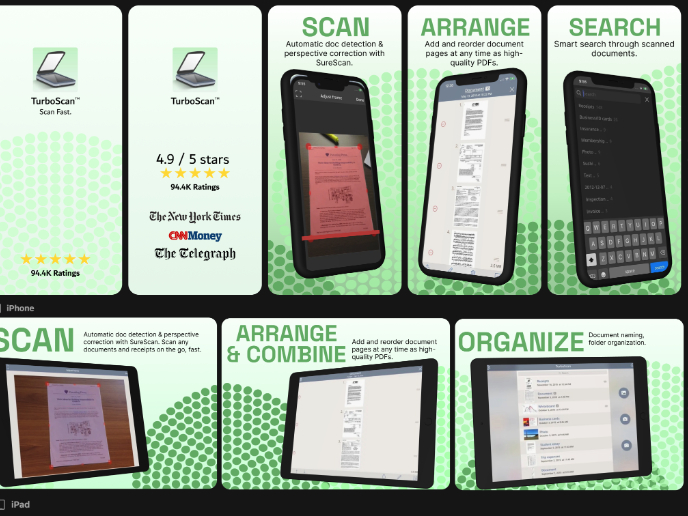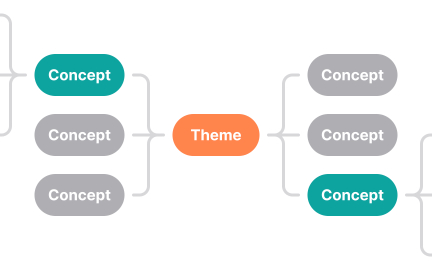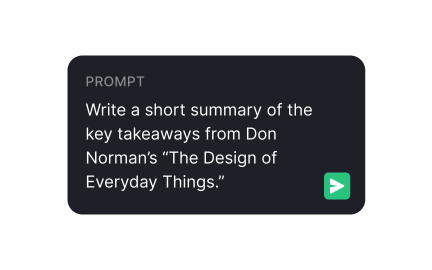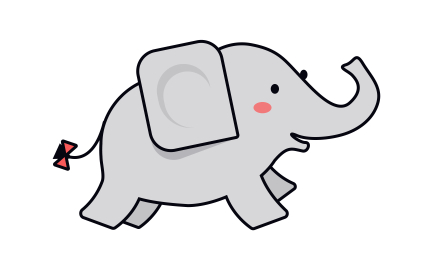Analytical Thinking
Analytical thinking breaks problems into clear parts, guiding design and product teams to decisions rooted in evidence and logic.
Analytical thinking is the skill of breaking complex challenges into smaller, clear parts so they can be examined, understood, and solved in a structured way. It focuses on cause-and-effect relationships, which helps teams make informed decisions rather than relying on guesswork.
In UX/UI design, this skill is crucial for interpreting user behavior. A designer might notice users dropping out of a sign-up process, then review each screen to find where friction occurs. This could lead to changes such as simplifying forms or reordering steps to create a smoother flow.
For product managers, analytical thinking supports prioritization and strategic planning. When faced with multiple competing features, a product manager can compare them using data such as projected impact, technical effort, and alignment with business goals.
This method ensures that time and resources are invested where they can produce the most value. It combines quantitative and qualitative perspectives. For example, data analytics might reveal a drop in engagement on a key feature, while interviews explain the underlying reasons. Both forms of insight work together to create effective, targeted solutions.
Analytical thinking also works well with iterative development. Teams can run small experiments, measure the results, and decide whether to roll changes out broadly or adjust further. This feedback loop ensures improvements are guided by real evidence.
Real-world examples show how impactful this can be. E-commerce companies often analyze the order process step by step, testing layout adjustments or checkout button placement. These seemingly minor refinements, informed by analysis, can significantly increase conversion rates.
Clear communication is part of the process. Visualizing data in dashboards or charts helps teams and stakeholders quickly understand findings, making collaboration faster and more focused.
Over time, consistent use of analytical thinking builds a culture where decisions are based on evidence. This reduces risk, improves alignment, and ensures that design and product solutions stay grounded in actual user needs.
Key Takeaways
- Breaks complex challenges into smaller, clear parts.
- Combines quantitative and qualitative insight.
- Supports prioritization and strategic planning.
- Fits well with iterative testing and development.
- Builds a culture of evidence-based decision-making.
Not exactly. Analytical thinking focuses on breaking down and understanding the problem before solving it.
Yes, it improves with regular practice on real projects and consistent use of data.
No, while tools can help, the core skill is a way of thinking and questioning.
Recommended resources
Courses

Cross-Functional Design & Product Teams

Color Psychology

UX Writing
Lessons

Prompting Fundamentals

Value Proposition & Problem Selection

Automation vs. Augmentation Decisions
Exercises
Projects
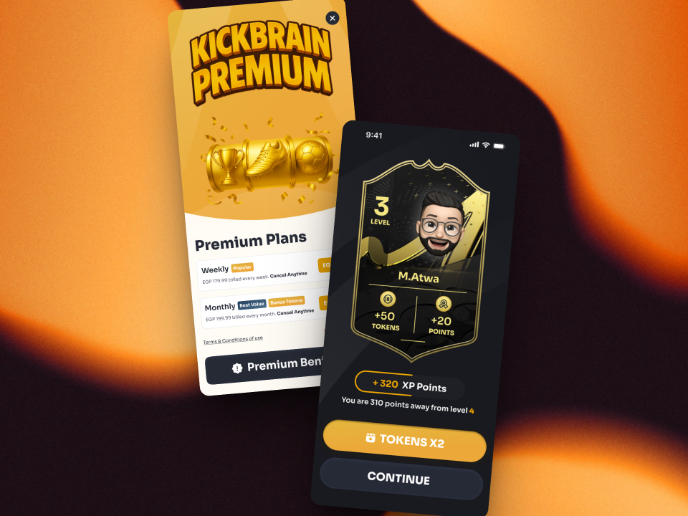
Redesigning KickBrain: Trivia Mobile Game
